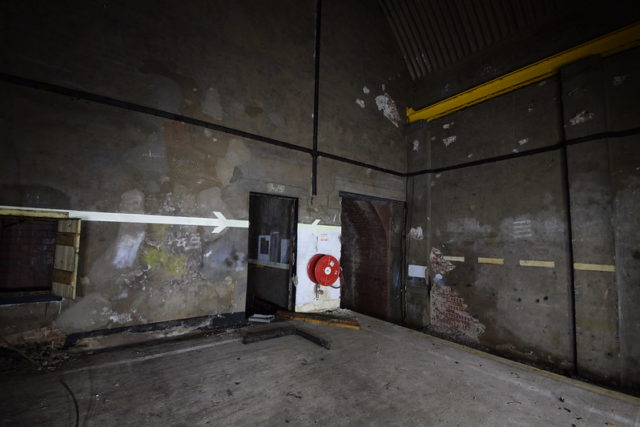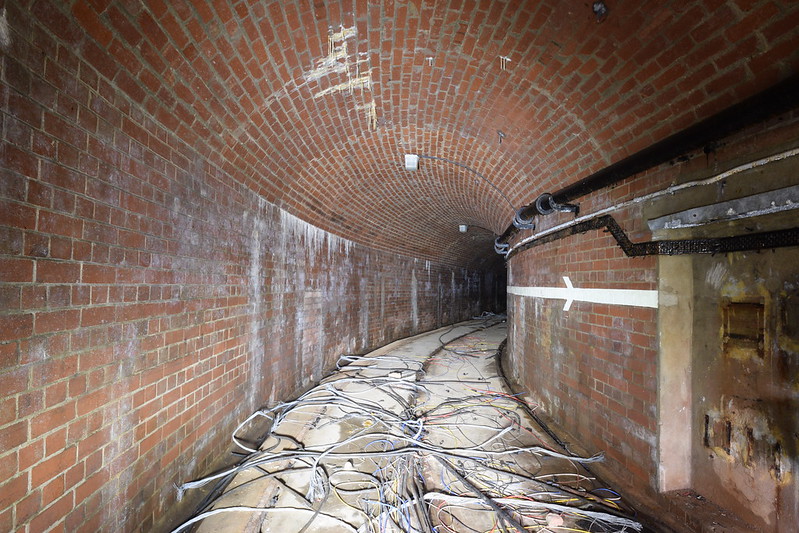The Royal Naval Armaments Depot Milford Haven, decommissioned in the 1989s, now lies hidden in the forests of Pembrokeshire, Wales and is patrolled by 24hr security and is private property. This sizeable military site can be found north of Milford Haven, the natural harbor from which it obtained its name, and in an area known as Newton Noyes.
Long years without any maintenance has caused this place to fall into decay, and the site has suffered the destruction of nature.
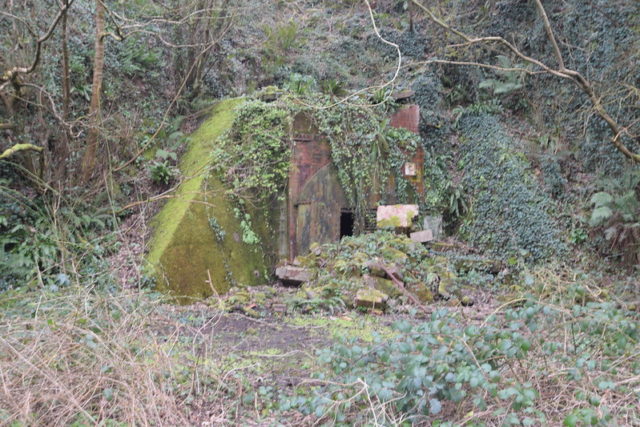
Before it was a munitions depot, the site used to be a ship breaking yard, one of 13 such yards owned by Thomas Ward from 1920. In fact, the land was sometimes known as “Wards Yard,” and the company made use of a cast-iron steamer pier that was built in 1872.
Following WWI, most ships built pre-1910 were considered redundant and needed to be scrapped. Some of these vessels were sent to Wards Yard, where they were kept afloat until all the essential equipment was removed. After that, they would be beached so that their hulls could be dismantled.
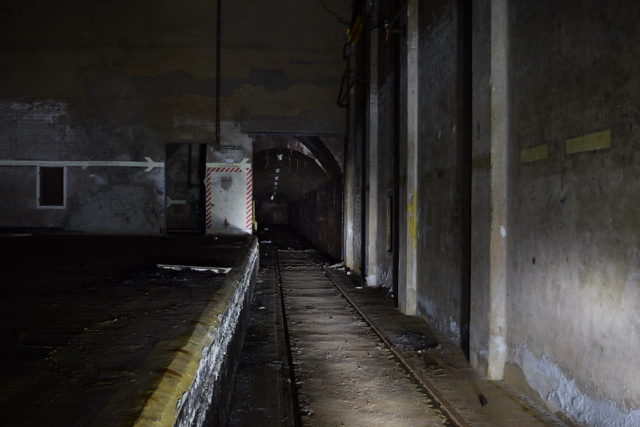
In 1934, the Admiralty acquired the ship breaking yard and the land associated with it. Consequently, the Royal Navy established the Milford Haven warehouse here, where they stored ammunition and mines. The repair of small ships was also carried out here.
In 1935, the Admiralty carried out the repair and construction work needed to equip Milford Haven for its new role. By the beginning of the war in 1939, the depot was fully ready for operation.
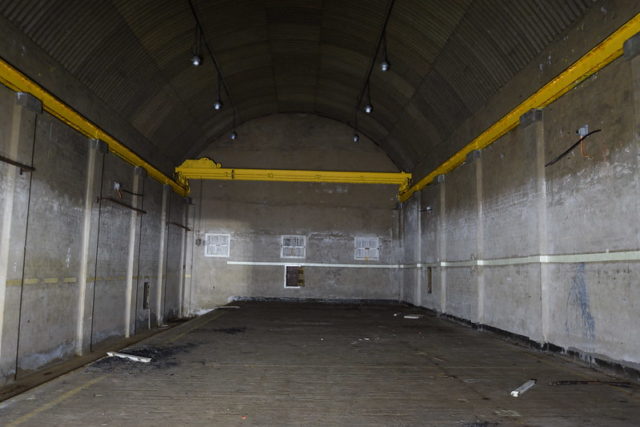
Six warehouses for weapons were constructed along with a railway that connected all the underground storage tunnels and the pier. Having the railway extending to the pier was particularly useful as that made it easier to load the mines onto ships.
In addition, residential buildings were built for naval officers near Castle Hall.
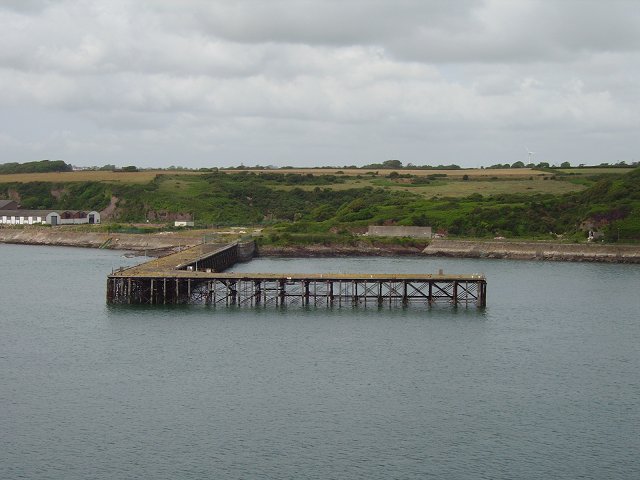
The tunnels that ran beneath the site were about 100 meters (328 feet) long and provided access to the underground storage. The mines were stored on a raised platform at the height of a railroad car. There was also an overhead crane with a lifting capacity of 10 tons that was used to load and unload the mines.
A reservoir was built to assist in the event of a fire or explosion at the site. It was created by damming a stream to the north of the site.
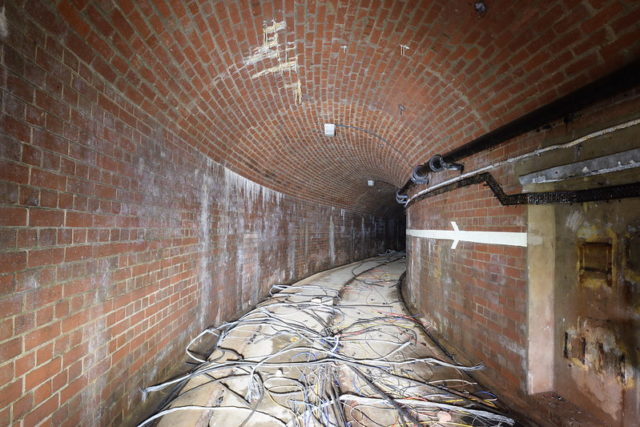
At the height of World War II, about 1,000 people worked at Milford Haven, and the warehouse was used to arm minefields on the Western Approaches. After 1943, Milford Haven began sending mines to North Africa for use by the Mediterranean Fleet.
Once the war ended, the depot continued to serve ships for deployment during the Korean and Falklands Wars.
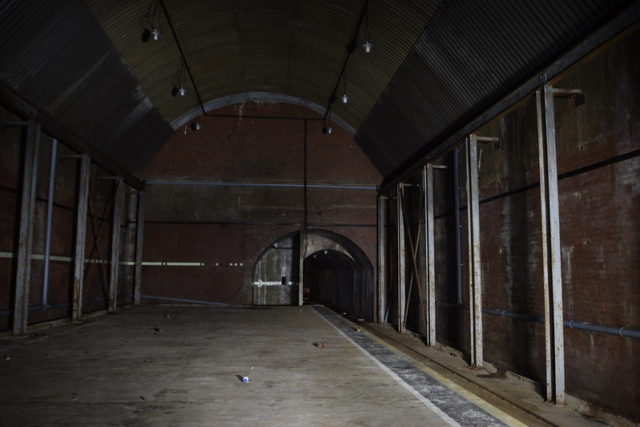
By the 1970s, the future of this site was in jeopardy. By the late 1980s, it was closed and sold to Gulf Oil. However, the company never made much use of the land for its stated purpose of berthing supertankers, so Milford Haven remained neglected and forgotten.
Eventually, the property passed into the possession of the local authorities. In the early 1990s, one of the buildings was converted into a covered sports complex. Later, plans appeared for a large-scale development involving shopping and a residential complex. However, nothing came of such plans.
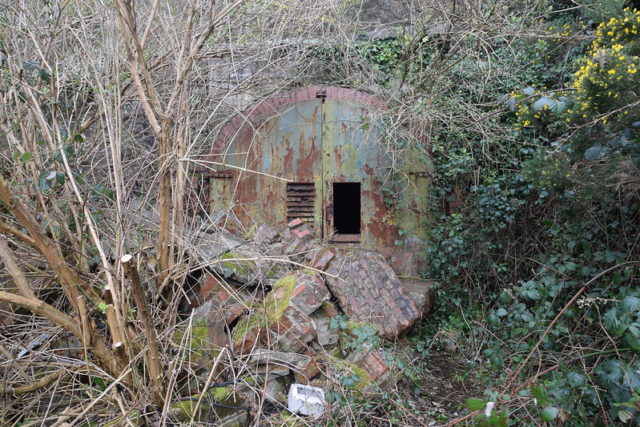
In September 2015, it was announced that Egnedol were the new owners and intended to pursue a £685 million project for a renewable energy facility. Such grand plans never materialized. It is still owned by Egnedol.
Visitors to the site will be disappointed at its sad state. The windows have all been smashed, and from the scant remains, it’s difficult to decide which building is which.
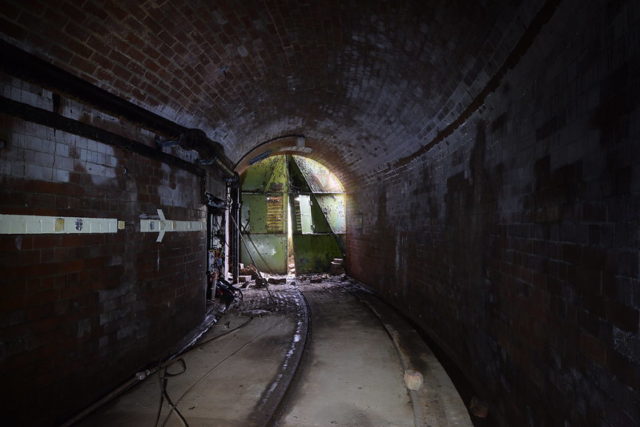
The photos of Milford Haven were taken by Newage, and a big thank you to him for allowing us to share them here. You should definitely check out his Flickr account where he publishes a lot of interesting photos of historical locations and aircraft.
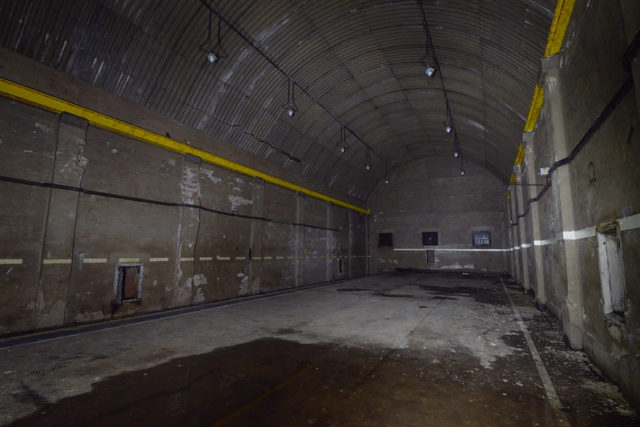
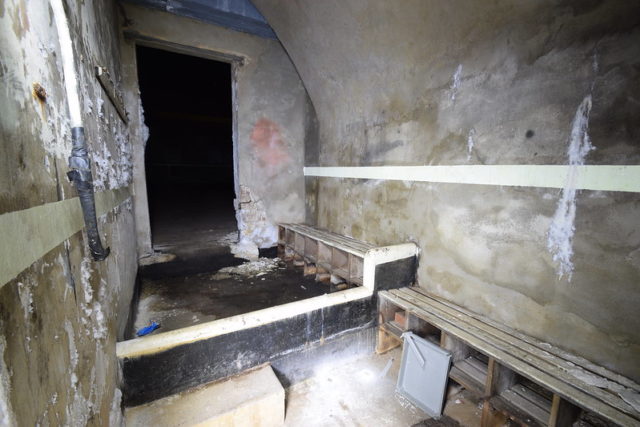
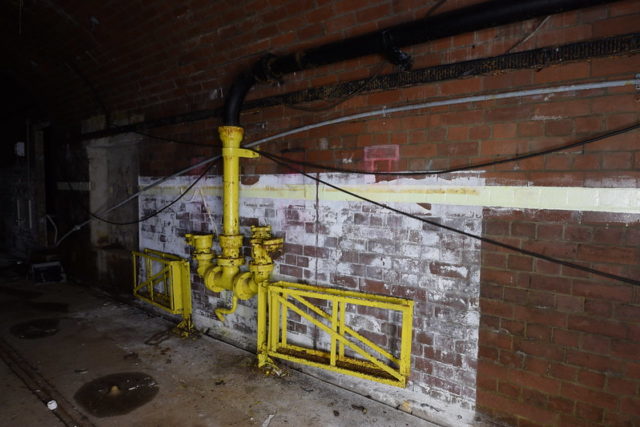
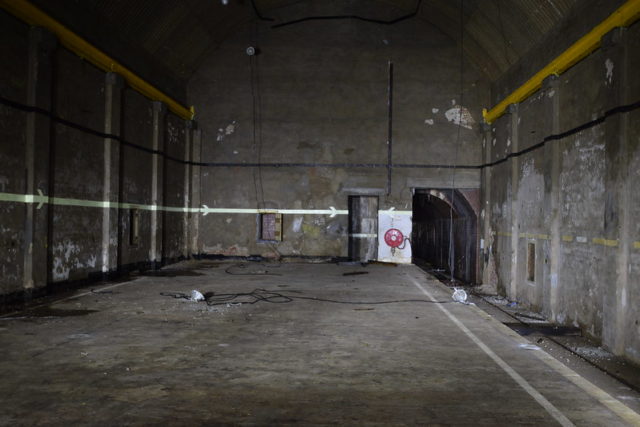
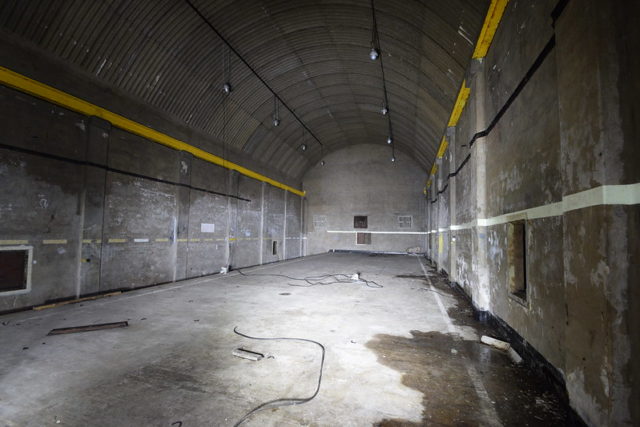
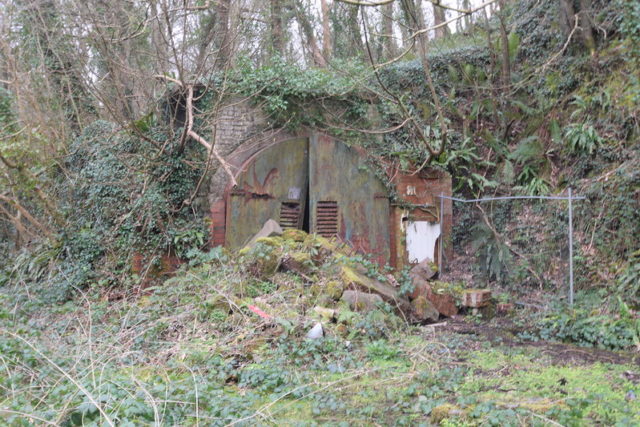
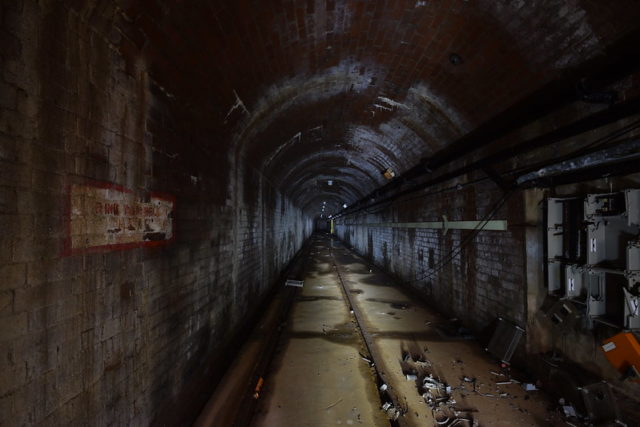
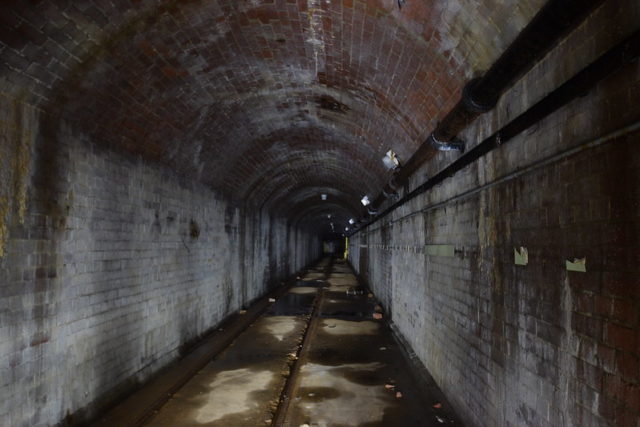
Another Article From Us: US Navy DC-3 (C-117) Plane Wreck
